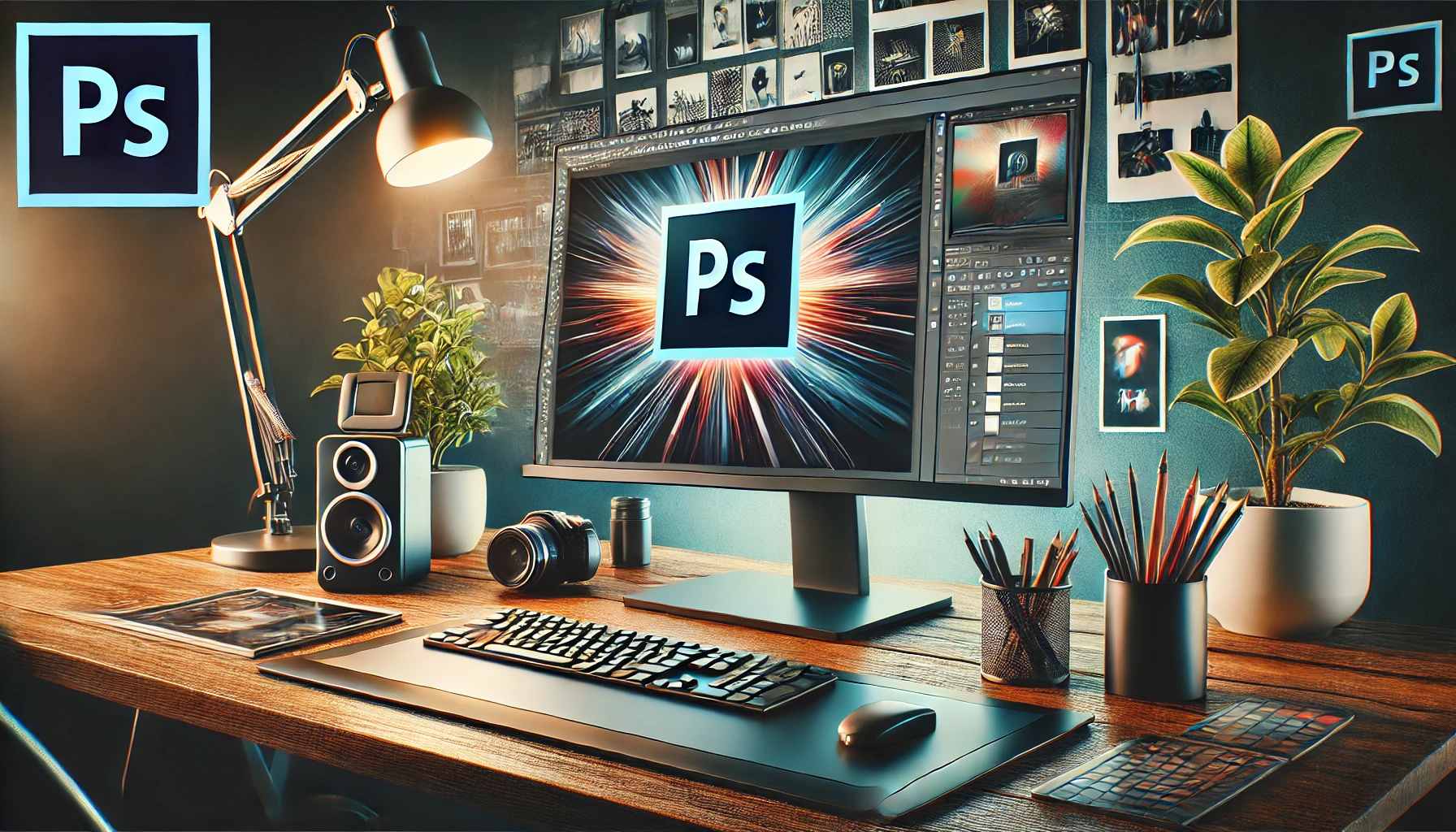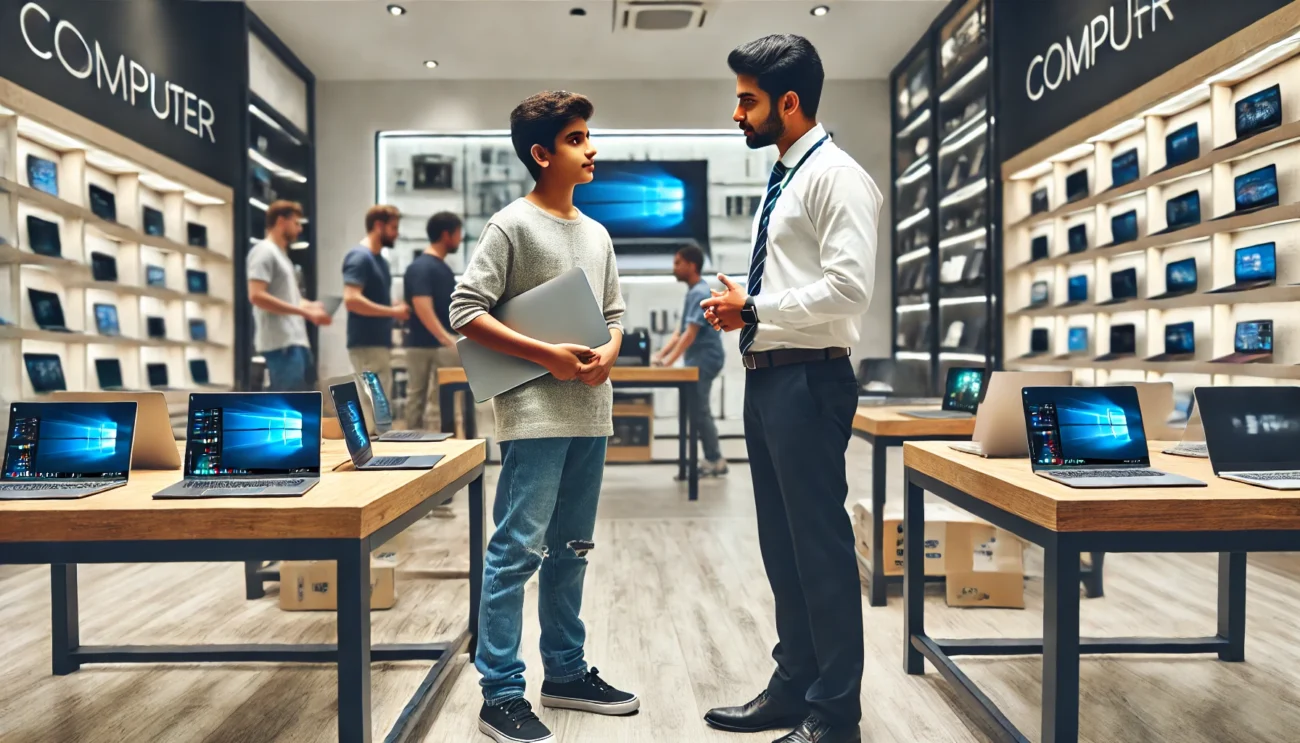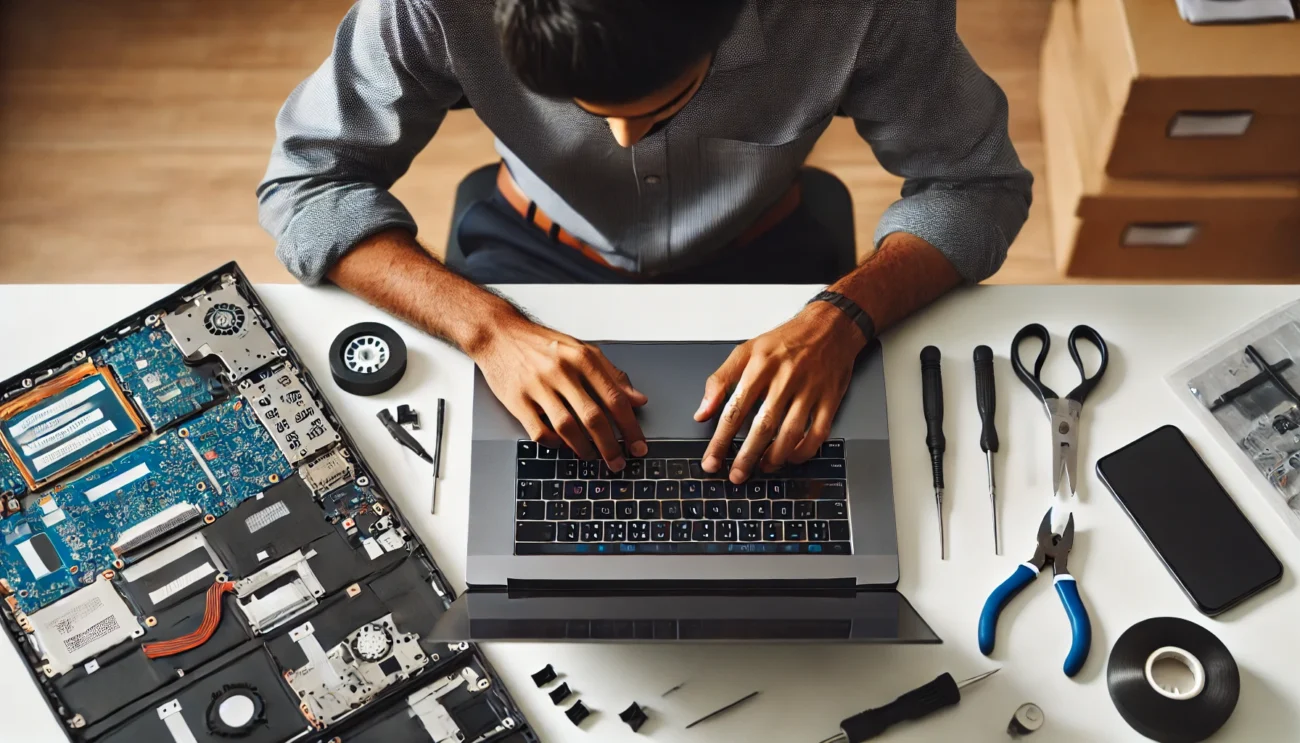
10 Mistakes You Make While Selecting Components for Your Dream Editing Desktop
Building a dream editing desktop on a budget of Rs 80,000 can be both exciting and overwhelming. Whether you’re a professional video editor, graphic designer, or content creator, selecting the right components is crucial for performance and efficiency. However, many people make mistakes that can cost them money, time, and productivity. Here are ten common mistakes you should avoid when selecting components for your editing rig.
1. Ignoring CPU Core Count and Performance
Many people focus only on clock speeds when selecting a CPU, but editing software like Adobe Premiere Pro, DaVinci Resolve, and After Effects rely heavily on multi-core processors. A higher core count and better multi-threaded performance improve rendering times and workflow efficiency.
Solution: Choose an Intel Core i5 13600K or AMD Ryzen 5 7600 for optimal performance within your budget.
2. Not Investing in a High-Performance GPU
While some editing tasks depend on the CPU, video rendering, effects, and color grading require a powerful GPU. A weak graphics card can bottleneck your workflow and increase export times.
Solution: Opt for a GPU with good VRAM (at least 6GB) like NVIDIA RTX 3060 or AMD Radeon RX 6600 XT for smooth editing.
3. Choosing Insufficient RAM
Editing software consumes a significant amount of RAM. Running multiple layers, effects, and 4K+ footage can slow down your system if you don’t have enough memory.
Solution: Aim for at least 32GB of RAM; if your budget is tight, start with 16GB and upgrade later.
4. Overlooking Storage Speed and Capacity
Many users rely on a single HDD or a low-capacity SSD, which slows down data transfer speeds and affects workflow.
Solution: Use an NVMe SSD (at least 1TB) for your OS and software, along with a high-speed SATA SSD or HDD for storing project files.
5. Picking the Wrong Monitor
An average monitor won’t provide accurate colors, which is crucial for video and photo editing.
Solution: Invest in an IPS panel monitor with 100% sRGB or AdobeRGB coverage and at least 1080p or 1440p resolution within budget.
6. Underestimating Cooling Solutions
Editing workloads push your CPU and GPU to their limits, leading to overheating if you don’t have adequate cooling.
Solution: Get a good air cooler like DeepCool AK400 or a budget-friendly AIO liquid cooler for your CPU and ensure proper case airflow.
7. Neglecting a Reliable Power Supply
A cheap or underpowered PSU can lead to system crashes, instability, or even damage to components.
Solution: Choose a high-quality PSU with at least 80 PLUS Bronze certification and sufficient wattage (at least 600W).
8. Not Future-Proofing Your Build
Technology evolves quickly, and failing to plan for future upgrades can leave your system outdated sooner than expected.
Solution: Invest in a motherboard with extra RAM slots, multiple M.2 slots, and support for PCIe 4.0.
9. Overlooking Proper Peripherals
A high-end PC won’t perform well without the right peripherals like a mechanical keyboard, precise mouse, and color-accurate display.
Solution: Choose peripherals designed for productivity and accuracy rather than gaming-focused accessories.
10. Skipping a Proper Backup Solution
Losing your project files due to hardware failure or accidental deletion can be disastrous.
Solution: Use external HDDs, NAS storage, or cloud backups to keep your work safe and secure.
Final Thoughts
Building a dream editing desktop within Rs 80,000 requires careful planning and the right choices. Avoiding these mistakes will help you create a system that enhances your workflow, saves time, and maximizes productivity. Do your research, invest wisely, and future-proof your setup for long-term efficiency!
Are you planning to build an editing PC within this budget? Let us know in the comments which components you’re considering!


